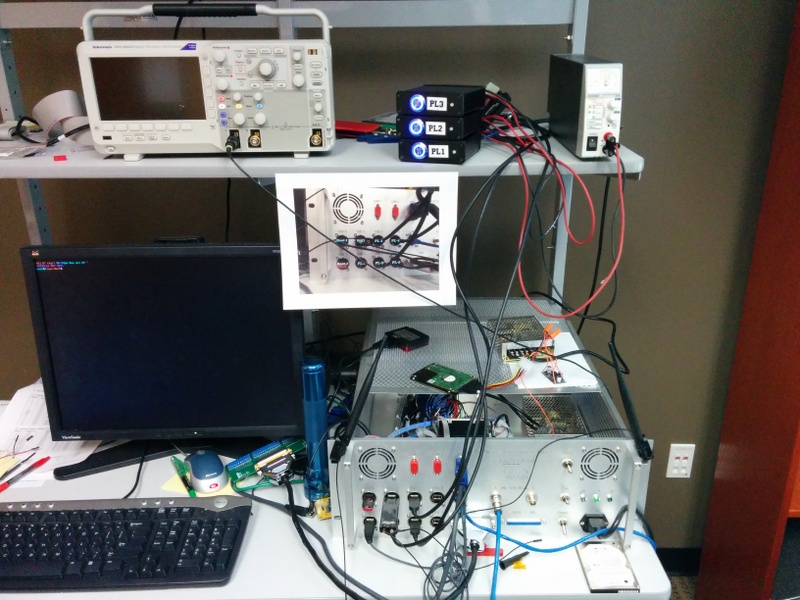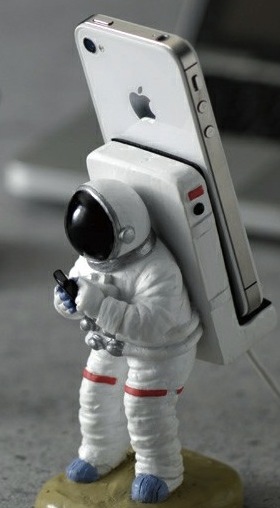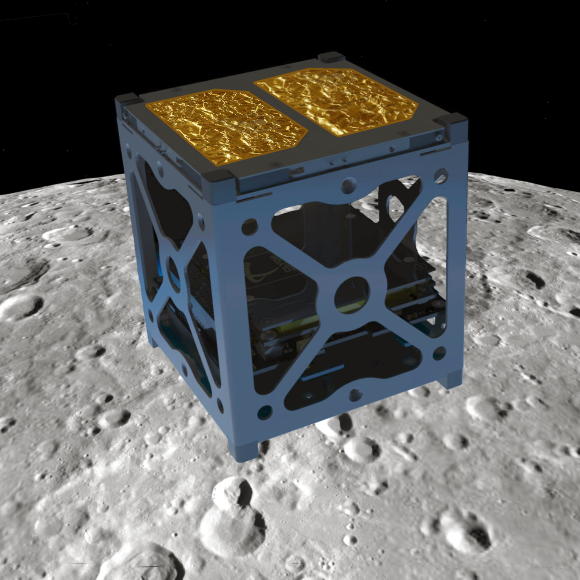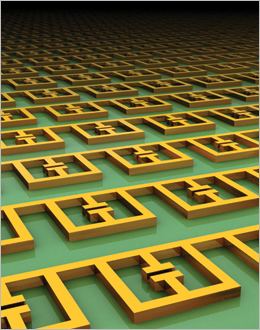The gliders produced by Windward Performance LTD. have caused a buzz in the glider community. Using less conventional materials and new airfoil designs, the company is creating gliders with improved performance when compared to its competitors.
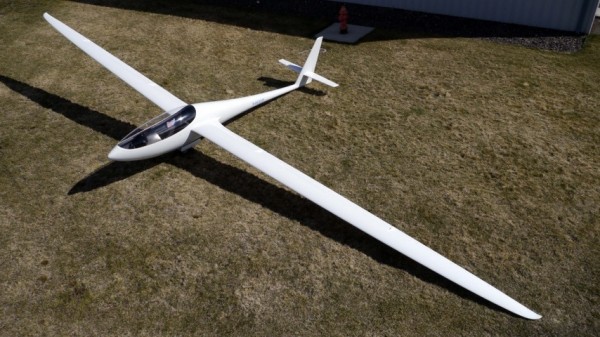
I had a chance to talk with Wade Carman, an engineer and glider pilot at Windward Performance, about the innovative gliders that they they are developing.
Question: What was the inspiration to starting Windward Performance?
Wade: Greg Cole, the owner and chief designer, wanted to create an ultra-light sailplane that is fun and safe to fly.
Current models include the SparrowHawk which has an empty weight of 154lbs. and the DuckHawk SV with an empty weight of 435lbs. (For comparison, the Glasflügel 303 Mosquito glider has an empty weight of 532lbs.)
Question: What are the advantages to an ultra light weight glider?
Wade: There are several advantages.
- It is easier to assembly. Unlike conventional gliders that require 2 or more people to assemble or require special rigs, these gliders have light wings and can be assembled with one person.
- It has a low sink rate and low wing loading so it can efficiently climb in weak lift (aka. micro-lift). The lift is easier to work and therefore it ia easier to gain altitude.
- Lighter weight gliders are less expensive to build.
Question: What are some of the less conventional materials that are being used in the gliders?
Wade: Kevlar-based cable is used instead of the more traditional steel push-rods for the aileron, rudder and elevator. Kevlar cable doesn’t stretch. It is as strong as steel push-rods in tension. Kevlar is also lighter weight than steel.
Prepreg carbon fiber material from Toray is used instead of the more traditional wet lay-up carbon fiber. This saves about 50% in weight.
The gliders are optimized for dynamic soaring. When flying through significant gradients between air masses, these strong, stiff and light weight gliders are optimize to gain altitude efficiently.
Question: I see that these models use unique airfoils. What performance specifications are they optimized for?
Wade: Greg designs the airfoils using in-house and commercial software. He has gone through roughly a thousand two-dimensional airfoil sets. Using a sub-set of these, he builds a three dimensional airfoil. The Duckhawk has a complex combination of airfoils that are optimized for sailplanes used in competition. The high aspect ratio wing coupled with the strong and light weight materials enable gliders to climb fast in thermals and fly fast between thermal.
Question: What are the future goals of the company?
Wade: We want to continue to make fun and safe gliders. We are also developing two-place motor gliders.

